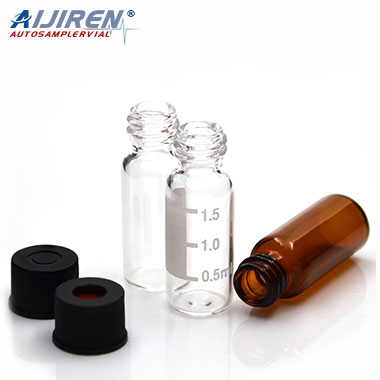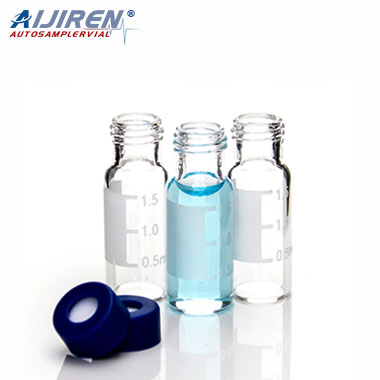Discover sustainability in membrane filter manufacturing with eco-friendly materials, UF RO filters, and cutting-edge technology.
Discover sustainability in membrane filter manufacturing with eco-friendly materials, UF RO filters, and cutting-edge technology.
Choosing membrane filters: Sizes, shapes, and selection tips for optimal filtration. Explore our guide now!
Explore the compatibility of PTFE syringe filters for electron microscopy sample filtration. Ensure precision in scientific analysis.
Discover the efficacy of PTFE syringe filters for colloidal suspension filtration. Precision and reliability for particle separation.
Discover the compatibility of PTFE syringe filters with strong oxidizing agents. Learn about alternative filter materials for optimal filtration. Explore expert insights!
Discover the suitability of PTFE syringe filters for microorganism filtration. Learn about Sterifilt, Sartorius Minisart, PVDF, Whatman Anotop, Millex GP, and Pall filters.
Discover the benefits of PTFE syringe filters with low non-specific binding properties. Learn how they ensure high recovery rates in filtration processes

Pes syringe filters are commonly used in laboratory applications to filter out particles and microorganisms from various solutions. They are made of polyethersulfone (PES) membrane, which is a hydrophilic membrane that offers high flow rates and low protein binding. The filters come in different pore sizes, ranging from 0.22μm to 5μm, and are compatible with a wide range of solvents and solutions. As with any laboratory equipment, there are frequently asked questions (FAQs) about pes syringe filters that users may have. In this article, we will address some of the most common FAQs related to pes syringe filters.

Sterile syringe filters are essential laboratory tools used for removing particulates and microorganisms from liquid samples. They are widely used in various applications, including analytical chemistry, pharmaceuticals, food and beverage, and biotechnology. As with any laboratory tool, users may have questions about their proper use, selection, and maintenance. In this article, we have provided answers to some frequently asked questions about sterile syringe filters to help users make informed decisions and avoid potential issues.

Filtering is a common technique used in various applications to remove unwanted particles and microorganisms from liquids. One commonly used filter is the 0.45 um filter, which is designed to remove particles and microorganisms of that size or larger. In this set of FAQs, we will answer some common questions about 0.45 um filters and their applications.